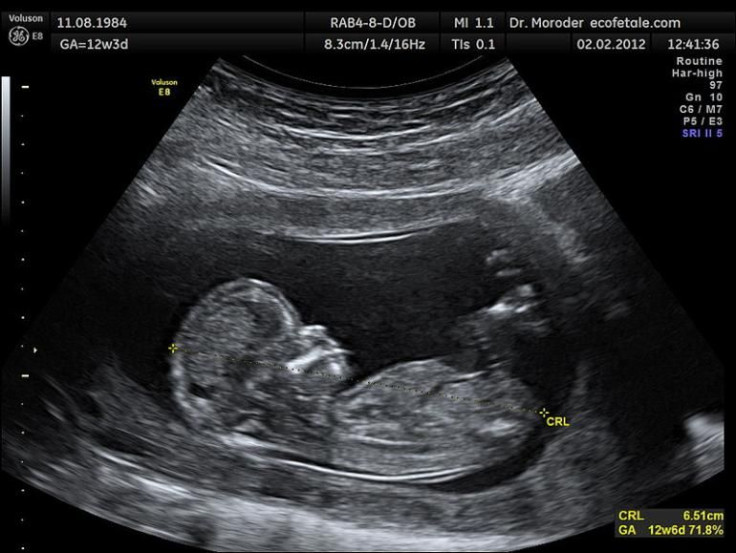Doctors Remove A 22-Year-Old 'Stone Baby' From A 55-Year-Old Woman

When a dead fetus is too big to get reabsorbed by the mother’s body, the immune system considers it as a foreign body. It then induces deposition of calcium-rich substances on the dead fetus that will, in due course, develop the fetal remains into stone. 'Lithopedion' or 'Stone Baby' has been reported 300 times globally. However, in regions with limited access to health care facilities and awareness, doctors might encounter this rare condition and confusing clinical presentation.
After neglecting it for more than two decades, a 55-year-old Ethiopian woman, who had given birth to three children in the past, sought medical help claiming that she was carrying a dead fetus in her womb from 22 years ago.
The case report published in the Journal of Medical Case Reports discussed that her pregnancy had lasted up to nine months when she went into labor. Three days after that, she had vaginal bleeding and was rushed to a nearby hospital where she got to know that she had a uterine rupture. It needed to be operated on soon but the woman refused surgery and later developed urinary incontinence.
She had been experiencing abdominal pain which kept getting severe alongside vaginal discharge and urine dribbling from her vagina. She didn’t complain of any other medical condition.
Upon physical examination, the physicians observed that there was a gravid uterus of 20-week size and a firm mass without any signs of fluid collection in her peritoneal cavity. The urine leaking point in her vagina could not be identified. Her vaginal canal was filled with a 4cm by 5cm oval-shaped stony hard mass. Other laboratory findings were all in the normal range.
CT scan of her abdomen revealed multiple calcified tubular parts of the dead baby. The woman underwent exploratory laparotomy in January 2019 and the surgeons found that the uterus was completely covered by the omentum forming a huge mass. Many old necrotic fetal bones were surgically removed from her uterus and those that were hard to extract from the complex mass were removed along with the mass, the uterus, and other appendages.
In the process of removing the stone baby, the doctors identified a 3 cm defect on the upper part of the patient’s vaginal mucosa and bladder wall. They used a foley catheter to drain the urine but it could not prevent leakage via the fistula. She recovered well and was discharged home with a referral to a fistula hospital to get her urogenital fistula repaired.
© Copyright IBTimes 2025. All rights reserved.






















